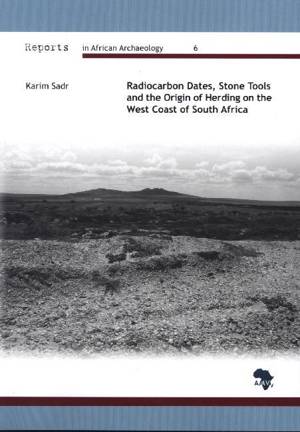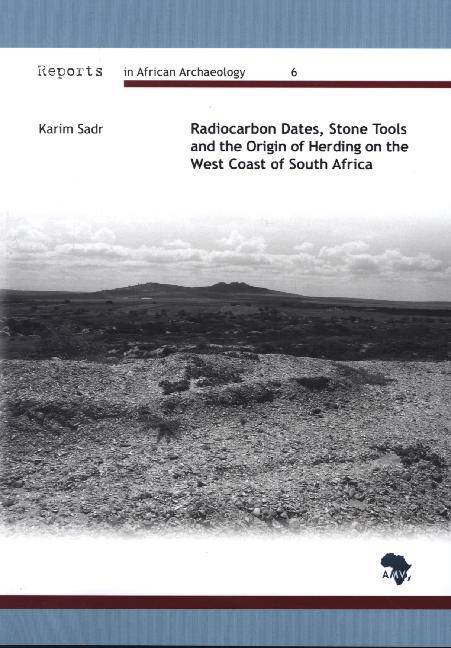
Je cadeautjes zeker op tijd in huis hebben voor de feestdagen? Kom langs in onze winkels en vind het perfecte geschenk!
- Afhalen na 1 uur in een winkel met voorraad
- Gratis thuislevering in België vanaf € 30
- Ruim aanbod met 7 miljoen producten
Je cadeautjes zeker op tijd in huis hebben voor de feestdagen? Kom langs in onze winkels en vind het perfecte geschenk!
- Afhalen na 1 uur in een winkel met voorraad
- Gratis thuislevering in België vanaf € 30
- Ruim aanbod met 7 miljoen producten
Zoeken
Radiocarbon Dates, Stone Tools and the Origin of Herding on the West Coast of South Africa
Karim Sadr
€ 49,95
+ 99 punten
Omschrijving
This monograph makes a significant contribution to answering some long standing questions in the Later Stone Age prehistory of southern Africa and to archaeological methods in general. The Vredenburg Peninsula Survey project originally set out to confirm that the first herders at the south-western Cape were immigrant Khoekhoe-speakers who had migrated from farther north about two thousand years ago. It failed to find evidence to support this hypothesis and instead ended up making a solid contribution to documenting the regional transition from formal, microlithic technology to the informal stone tool repertoire that marks the immediately Pre-Colonial period. It also throws light on another regional question concerning the rise and fall of stone adze technology. Its contribution to survey methodology is of worldwide importance and this is the first time an archaeologist has gambled on dating surface shell on a large scale and it has paid off handsomely. Coastal archaeologists on all continents should take note of this, and be rightly encouraged.
Specificaties
Betrokkenen
- Auteur(s):
- Uitgeverij:
Inhoud
- Aantal bladzijden:
- 89
- Taal:
- Engels
- Reeks:
- Reeksnummer:
- nr. 6
Eigenschappen
- Productcode (EAN):
- 9783937248448
- Verschijningsdatum:
- 15/08/2014
- Uitvoering:
- Paperback
- Formaat:
- Trade paperback (VS)
- Afmetingen:
- 210 mm x 297 mm
- Gewicht:
- 225 g

Alleen bij Standaard Boekhandel
+ 99 punten op je klantenkaart van Standaard Boekhandel
Beoordelingen
We publiceren alleen reviews die voldoen aan de voorwaarden voor reviews. Bekijk onze voorwaarden voor reviews.









